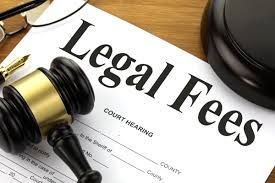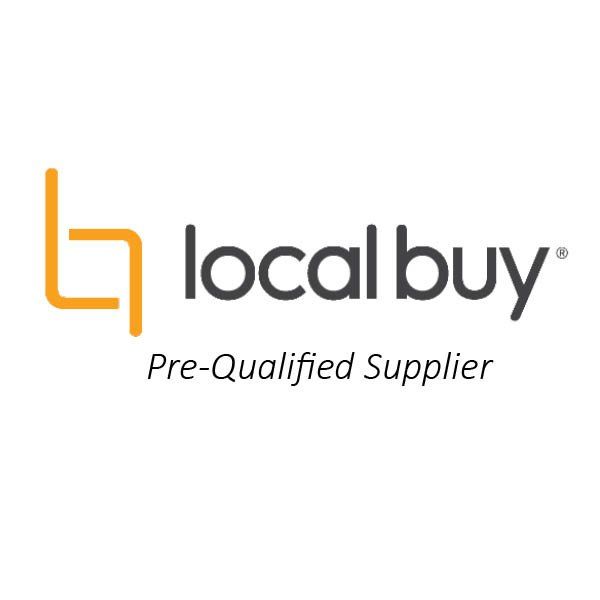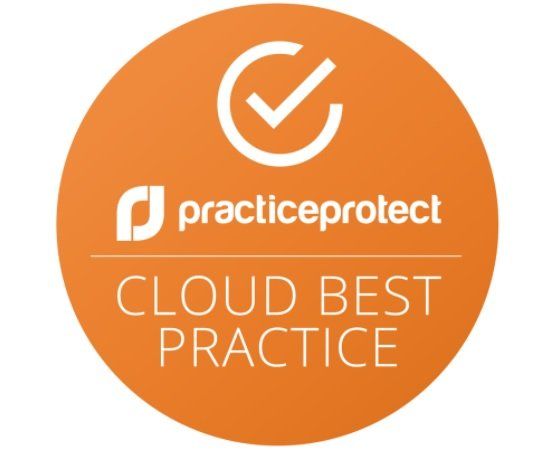Welcome to our blog
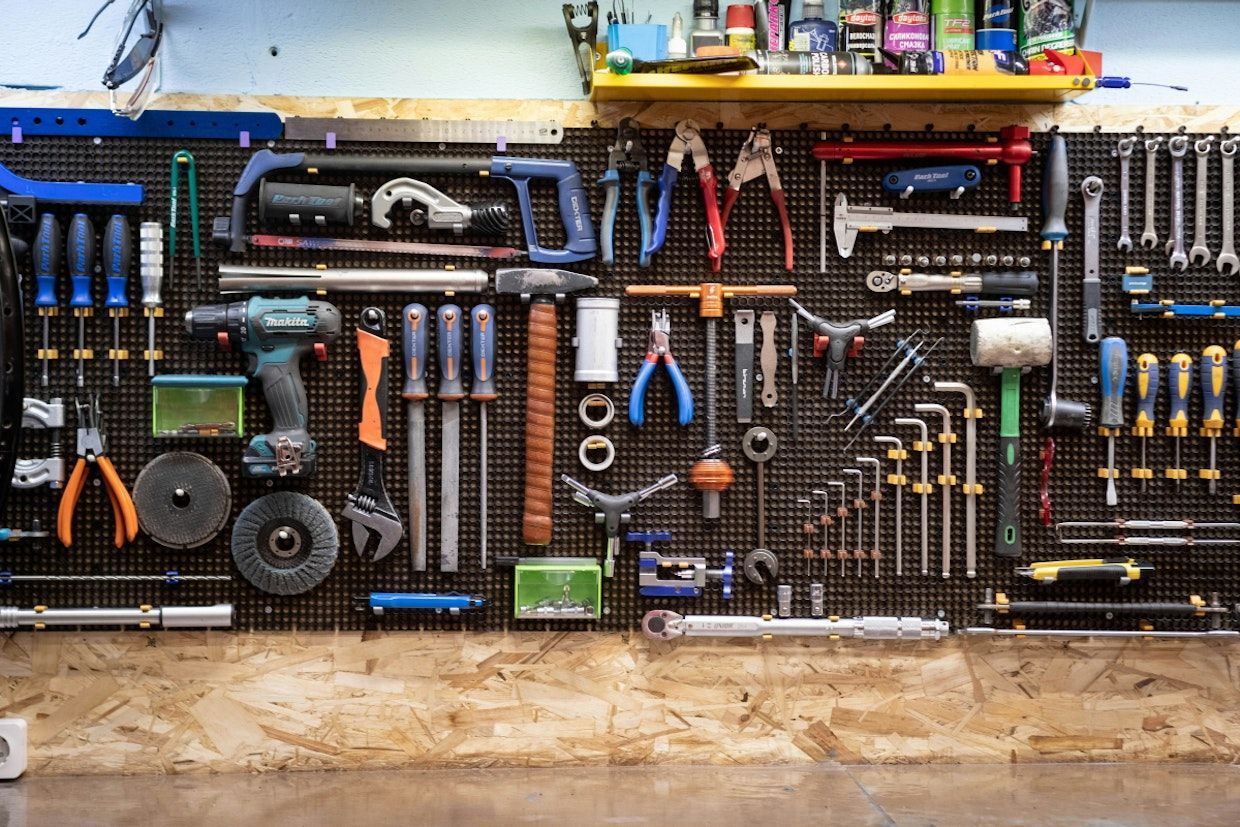
The ATO's new Tax Toolkit for small business owners the buck stops firmly at your desk as the owner, CEO or company director. The Australian Taxation Office (ATO) has just published its latest Tax Time toolkit for small businesses, with guidance and advice on keeping your tax affairs compliant. How the Tax Toolkit helps your tax planning and compliance The ATO knows the realities of running a small business. So the Tax Toolkit is designed to give you all the information and advice you need to stay compliant. Angela Allen, Assistant Commissioner for small business experience at the ATO, outlines the aims of the Tax Toolkit and how the ATO supports your tax planning. “Our role in helping you get your tax right is important. We're here to help you boost your tax and super knowledge. We want you to be more resilient to the unexpected challenges that small businesses face. We'll keep doing this through tailored and timely advice, and through our informational and educational support resources.” What resources does the Tax Toolkit contain? The ATO’s Tax Time toolkit gives you key resources to help you meet your tax obligations. The advice, information and support included is updated throughout the year, so you always have the correct tax rates and rules to refer to. You can also find 300 free short courses in the ATO’s Essentials to strengthen your small business, helping you learn the skills and gain the knowledge needed to run your business and your tax affairs as smoothly as possible. Helping you plan your tax and stay compliant The ATO’s Tax Time toolkit is an invaluable resource that helps you get to grips with all the basics of business taxation. If you do not have the inclination or time to study the Tax Toolkit or the 300 short courses, Walsh Accounting is a good alternative.

Customer Service We formed the Barcaldine Business Council in the 1980s. At one stage we had over 100 financial members. A record 68 members attended one night-time meeting. The two big issues on the agenda were “buy local” and “customer service”. All members pledged to buy from each other wherever possible. Our main goal was to persuade people to buy local. After a number of years, it became apparent that only (at a guess) 15% of people would almost always buy local. The figure had hardly moved from what it was before our buy-local campaigns. Even members were not buying from other members causing some resentment. We learnt a lesson. No matter how much work we put into the campaigns, in the end most people buy in their own best interests. It took a further while to understand that this is how it should be. People can only live their best lives if they act in their own best interests. We should not want people to live less than their best lives in our town. This is a bitter pill for businesses to swallow. It means that local businesses somehow have to convince consumers that it is their best interests to buy locally. In some cases, this is just not possible. There are better deals elsewhere. However, there are strategies which can at least improve the odds. (I understand that it is difficult for small business owners. 75% of them earn less than the average wage and 43% make no profit at all, despite working long hours with no leave entitlements and often no super. There is no magic wand. I hear you. I know that the strategies below are easier to write than they are to fulfil. Do what you can and I hope it helps. Let me know). Customer Service Outstanding customer service reaps rewards. Do not give customers a reason to look elsewhere. They might stay elsewhere. Convenience It is not only a material world, it is a convenience world. Barcaldine has thousands of products and services that you can access in a few minutes rather than waiting for the item to arrive from a distant city. Sometimes the shop assistant will say “We are out of stock but we can have it here next Wednesday”. In most cases, that is still far more convenient than ordering online. Consistency It is not an ideal world. If you break a leg, you might also have to break some promises. The goal is to get as close to reliability as possible. Nobody is perfect all the time. However, based on anecdotal evidence, consistency of opening hours, products and services seems to be the number one issue with consumers. A very common comment is “We don’t care what the opening hours are as long as they are consistent”. Courtesy A hairdresser once said to me “We have to be the world’s most hypocritical people because we agree with everyone”. She was on the money, but it is not limited to hairdressers. It applies to everyone. You do not have to betray your own beliefs to be a sympathetic listener. You do not have to curtsey to be courteous. I remember buying two flat pack-chairs from the old Meacham and Leyland. I could not work out how to screw them together so I went back to Chook to ask him. We knew each other well enough to have a go at each other so, in a spirit of playfulness, Chook called out to a shop full of customers “Look at this clown. He can’t even screw a chair together” All the customers chuckled a big haha and I said haha too but not quite so big. It turned out that I had bought the last of those flat-pack chairs so I drove home to get one of them. After some head-scratching, Chook said in a small voice “Oh we gave you the wrong screws”. At this stage I wanted to say “OH YOU GAVE ME THE WRONG SCREWS” but when I looked around, all the customers had gone. I was literally the only customer left in the shop. Theoretically, therefore, there could be people still living in Barcaldine and perhaps their descendants who are of the opinion that I cannot screw a chair together. That was sixty years and five months ago. It’s water off a duck’s back to me. I expect to shrug it off shortly. The point is, some take offence more easily than others. You can not only lose a sale if you offend a customer, in a small town you can lose a customer for life and in some cases, you can lose a whole family. “The customer is always right”. We all know that is a load of hogwash, but would you rather show him the error of his ways or take his money? Cooperation Do try to buy in town wherever you can. The seller might become your customer. What goes around comes around in different ways. If you shop out of town, take the freight into account. Sometimes single item freight is many times the freight if the item is on a pallet or one of a bulk delivery. Communication Communication = Sender – >Message –> Receiver. Be a sender and a receiver. As a sender, let people know your opening hours and your products and services in as much detail as possible. You cannot be too detailed. As a receiver, listen closely to what your customers want. Ask them. Do not limit your products to the ones you like. You can do that in a big city but not in a small town (unless you have a very special product). Cast your net Obviously, if you are in the food business you cannot sell Friday lunches to people in Brisbane, but if you work on a computer or sell special products or services, utilise the internet. If only one person in a million in Australia likes your offerings, you have 24 customers you would never have had otherwise. There are success stories. I wish success to you all. I’m not sure my wife thinks I can screw a chair together. By Lionel Walsh

Can You Claim Legal Fees if a Business Purchase Falls Through? When you’re looking to buy a business, it’s common to spend money on lawyers, accountants, and other advisers before the deal goes ahead, but what happens if the purchase never takes place? Can you claim a tax deduction for those costs? No Immediate Tax Deduction Legal and professional fees can only be deducted straight away if they’re directly related to earning your assessable income. If the business never started, there’s no link to income yet. 👉 Result: No immediate deduction under the normal rules. Not a Capital Loss Some people think these costs can be treated like a capital loss. Unfortunately, that’s not the case. For a capital loss, there needs to be a "CGT event" (like selling an asset). If the purchase didn’t happen, you never actually acquired a CGT asset, so there’s nothing to trigger a capital loss. 👉 Result: No capital loss claim available. Blackhole Expenditure – Deductible Over 5 Years Here’s the good news. The tax law has special rules for what’s called “blackhole expenditure” – capital expenses that don’t fit anywhere else. If your legal or professional fees were incurred: in investigating or trying to buy a business, and the business was one that you intended to operate for a taxable purpose (i.e. to make income), then you may be able to claim these costs under section 40-880 of the tax law. The deduction is spread evenly over five years (20% each year). Example Sarah spent $12,000 on legal and accounting advice while trying to buy a café. The deal fell through at the last minute. She cannot claim the $12,000 straight away . She cannot treat it as a capital loss . But she can claim $2,400 per year over five years as blackhole expenditure. Key Takeaways Upfront deduction? ❌ No. Capital loss? ❌ No. Blackhole deduction? ✅ Yes, spread over 5 years. This makes it especially important to track these costs carefully, even if your deal doesn’t go ahead. Need Advice? The rules around deductibility can be complex, especially when you’re buying or restructuring a business. At Walsh Accounting , we can help you structure your costs and make sure you don’t miss out on available deductions. 📞 Contact us today to discuss your situation. Disclaimer: The above is general information only and is not financial advice. You should seek advice specific to your circumstances before acting.

There are family trusts. There are discretionary trusts. A family trust is a discretionary trust. A discretionary trust is a family trust. A family trust might or might not have made a family trust election. A discretionary trust might or might not have made a family trust election. There is no clue in the names, but the consequences of not knowing that a family trust election exists can be enormous. Zero tax can become 47% tax. Accountants must sometimes be detectives, trolling through decades of records to find the trust deed and a possible family trust election. And you thought that accountants lead boring lives.

If you are claiming a tax deduction for personal super contributions, make sure that you have the letter of acknowledgement in your hands before you lodge the tax return. Alternatively, your tax agent might be able to verify that the ATO has received the notification from the super fund that you will be claiming the tax deduction. Super Central this week reports the case of a taxpayer who gave the Notice of intent to claim a tax deduction (NOI) to his super fund before the end of June. This Notice of Intent can be submitted at any time until the tax return is lodged. However, it cannot be submitted after the tax return is lodged. The taxpayer quickly lodged his 2025 tax return but he forgot to date the NOI, so the super fund rejected it. He could not then lodge a valid, dated NOI because he had already lodged his tax return. The taxpayer applied for relief but it appears that, even though this was a harsh result based on a technicality, “the Commissioner of Taxation has no discretion or administrative authority to correct the defective NOI”.
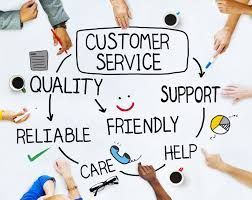
Customer Service We formed the Barcaldine Business Council in the 1980s. At one stage we had over 100 financial members. A record 68 members attended one night-time meeting. The two big issues on the agenda were “buy local” and “customer service”. All members pledged to buy from each other wherever possible. Our main goal was to persuade people to buy local. After a number of years, it became apparent that only (at a guess) 15% of people would almost always buy local. The figure had hardly moved from what it was before our buy-local campaigns. Even members were not buying from other members causing some resentment. We learnt a lesson. No matter how much work we put into the campaigns, in the end most people buy in their own best interests. It took a further while to understand that this is how it should be. People can only live their best lives if they act in their own best interests. We should not want people to live less than their best lives in our town. This is a bitter pill for businesses to swallow. It means that local businesses somehow have to convince consumers that it is their best interests to buy locally. In some cases, this is just not possible. There are better deals elsewhere. However, there are strategies which can at least improve the odds. (I understand that it is difficult for small business owners. 75% of them earn less than the average wage and 43% make no profit at all, despite working long hours with no leave entitlements and often no super. There is no magic wand. I hear you. I know that the strategies below are easier to write than they are to fulfil. Do what you can and I hope it helps. Let me know). Customer Service Outstanding customer service reaps rewards. Do not give customers a reason to look elsewhere. They might stay elsewhere. Convenience It is not only a material world, it is a convenience world. Barcaldine has thousands of products and services that you can access in a few minutes rather than waiting for the item to arrive from a distant city. Sometimes the shop assistant will say “We are out of stock but we can have it here next Wednesday”. In most cases, that is still far more convenient than ordering online. Consistency It is not an ideal world. If you break a leg, you might also have to break some promises. The goal is to get as close to reliability as possible. Nobody is perfect all the time. However, based on anecdotal evidence, consistency of opening hours, products and services seems to be the number one issue with consumers. A very common comment is “We don’t care what the opening hours are as long as they are consistent”. Courtesy A hairdresser once said to me “We have to be the world’s most hypocritical people because we agree with everyone”. She was on the money, but it is not limited to hairdressers. It applies to everyone. You do not have to betray your own beliefs to be a sympathetic listener. You do not have to curtsey to be courteous. I remember buying two flat pack-chairs from the old Meacham and Leyland. I could not work out how to screw them together so I went back to Chook to ask him. We knew each other well enough to have a go at each other so, in a spirit of playfulness, Chook called out to a shop full of customers “Look at this clown. He can’t even screw a chair together” All the customers chuckled a big haha and I said haha too but not quite so big. It turned out that I had bought the last of those flat-pack chairs so I drove home to get one of them. After some head-scratching, Chook said in a small voice “Oh we gave you the wrong screws”. At this stage I wanted to say “OH YOU GAVE ME THE WRONG SCREWS” but when I looked around, all the customers had gone. I was literally the only customer left in the shop. Theoretically, therefore, there could be people still living in Barcaldine and perhaps their descendants who are of the opinion that I cannot screw a chair together. That was sixty years and five months ago. It’s water off a duck’s back to me. I expect to shrug it off shortly. The point is, some take offence more easily than others. You can not only lose a sale if you offend a customer, in a small town you can lose a customer for life and in some cases, you can lose a whole family. “The customer is always right”. We all know that is a load of hogwash, but would you rather show him the error of his ways or take his money? Cooperation Do try to buy in town wherever you can. The seller might become your customer. What goes around comes around in different ways. If you shop out of town, take the freight into account. Sometimes single item freight is many times the freight if the item is on a pallet or one of a bulk delivery. Communication Communication = Sender – >Message –> Receiver. Be a sender and a receiver. As a sender, let people know your opening hours and your products and services in as much detail as possible. You cannot be too detailed. As a receiver, listen closely to what your customers want. Ask them. Do not limit your products to the ones you like. You can do that in a big city but not in a small town (unless you have a very special product). Cast your net Obviously, if you are in the food business you cannot sell Friday lunches to people in Brisbane, but if you work on a computer or sell special products or services, utilise the internet. If only one person in a million in Australia likes your offerings, you have 24 customers you would never have had otherwise. There are success stories. I wish success to you all. I’m not sure my wife thinks I can screw a chair together. By Lionel Walsh


